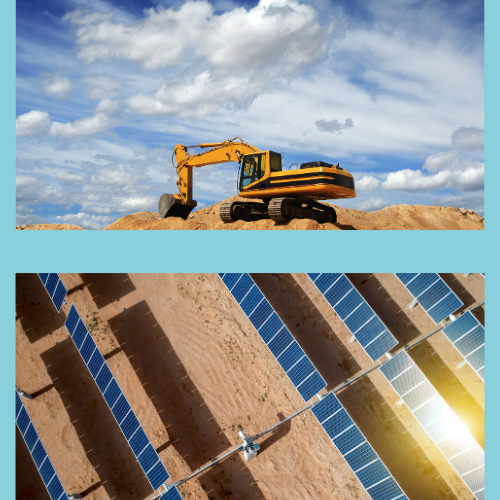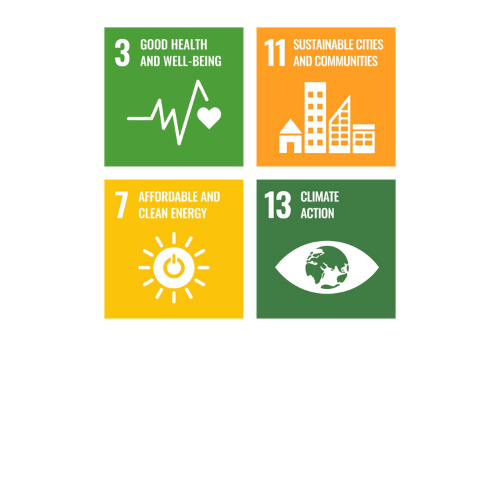What was the problem?
In Oman’s desert regions like Bidiya and the Sharqiya Sands, abundant sunshine offers huge solar potential, but only during the day. The big challenge? How to store solar energy sustainably and locally so electricity can still be generated after sunset.
Team MelioRA-D set out to create a solution that avoids the use of chemical batteries and instead uses natural resources available all around them: sunlight and sand.
What did they do?
The students designed the Energy Storage Station, a thermal energy system that collects solar heat during the day and stores it in the sand. At night, that heat is released to produce steam and power turbines, generating electricity long after the sun has gone down – all without toxic batteries or fossil fuels.
RETHINK Energy Storage
The team explored the downsides of traditional battery storage, the cost, the toxicity and the short lifespan. Then they asked: What if we stored heat instead of electricity?
RESEARCH High-Temperature Storage
They learned that sand, heated between 650°C and 1000°C, can retain heat for long periods. They studied CSP (Concentrated Solar Power) technology and the use of insulated tanks and steam turbines to convert stored heat into usable energy.
RECOMBINE Solar and Thermal Systems
Their solution combined parabolic mirrors or heliostats with sand-based storage. Sunlight heats the sand during the day then at night, the stored heat generates steam to drive turbines, delivering renewable power around the clock, using Oman’s natural resources that are both abundant and local.


What was the solution?
The Energy Storage Station is a sand-powered energy system that enables 24/7 clean power in desert climates. It harnesses Oman’s sunlight and landscape to produce affordable, scalable electricity, without relying on chemical batteries or grid-based energy. It’s a low-impact, high-potential solution for powering communities and industry more sustainably.
What was the result?
Team MelioRA-D’s prototype and research attracted interest for its potential scalability in desert regions. The concept shows how local innovation can solve global problems, especially in climate-vulnerable areas. They now hope to partner with local universities and energy partners to refine the design, test materials and pilot the system.
This project contributes to the following UN Sustainable Development Goals:
7. Affordable and Clean Energy
Provides renewable, cost-effective energy using local resources.
9. Industry, Innovation and Infrastructure
Innovates with a scalable energy system that reduces dependence on fossil fuels.
12. Responsible Consumption and Production
Avoids reliance on chemical batteries by using abundant, natural materials sustainably.
13. Climate Action
Reduces carbon emissions by offering a cleaner alternative to traditional power generation.
